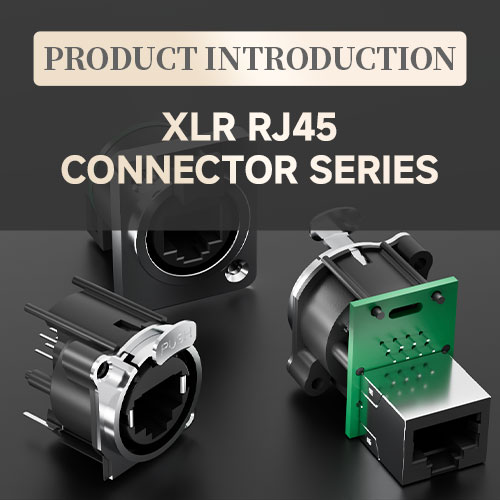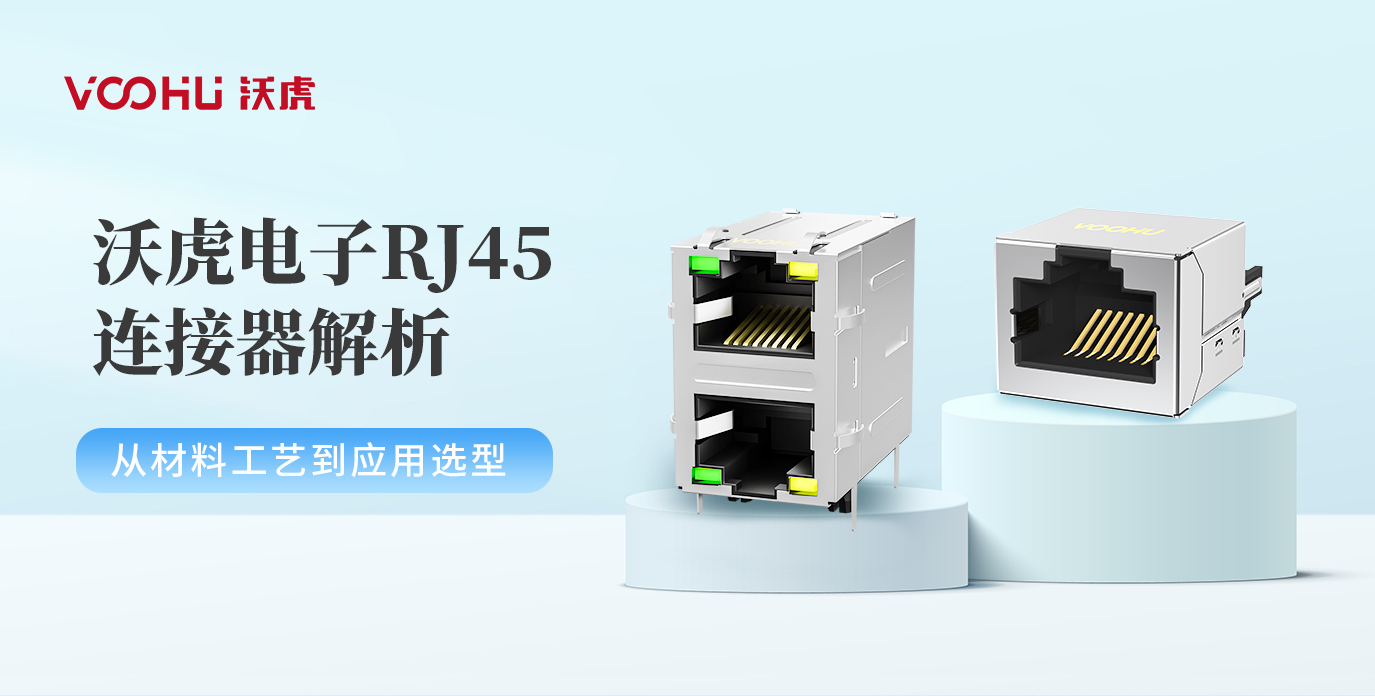POE power supply for network transformer
With the continuous development of network technology, Power over Ethernet (POE) technology has been widely used due to its convenience and efficiency. POE technology transmits power and data simultaneously through Ethernet cables, greatly simplifying the installation and deployment of network equipment. As a key component in the POE power supply system, the wiring method and design of the network transformer play a vital role in the performance and reliability of the system. This article will discuss in detail the different wiring methods of network transformers in POE power supply, including the characteristics, differences and wiring requirements of idle pair power supply and data pair power supply.
-
1.The basic principle of POE power supply
The core of POE technology is to transmit power and data signals simultaneously through Ethernet cables. This technology is based on IEEE 802.3af and IEEE 802.3at standards, allowing DC power to be transmitted in standard Ethernet cables. The POE system mainly consists of two parts:
-
Power Sourcing Equipment (PSE): responsible for providing power, usually integrated into a switch or POE injector.
-
Power application device (PD, Powered Device): Devices that require power, such as IP cameras, wireless access points, etc.
The key to POE power supply is to separate power and data signals through a network transformer to ensure that the two do not interfere with each other.
-
2.The role of network transformer
The network transformer plays an important role in the POE power supply system. Its main functions include:
-
Electrical isolation: Prevents high voltage interference from entering sensitive data links, ensuring the integrity of data signals.
-
Impedance matching: optimizes the energy transfer efficiency between the transmitter and the receiver and reduces signal reflections.
-
Common-mode rejection: reduces the impact of electromagnetic compatibility issues and improves signal quality.
-
Signal coupling and decoupling: Allows data signals to pass smoothly while extracting the DC components embedded in them.
-
3.Wiring method of POE power supply
According to the IEEE 802.3af and IEEE 802.3at standards, there are two main wiring methods for POE power supply: idle pair power supply (Alternative B) and data pair power supply (Alternative A).
(I) Idle pair power supply (Alternative B)
Spare pair power transmission uses the wire pairs in the Ethernet cable that are not used for data transmission (usually wire pairs 4, 5 and 7, 8) to transmit power. This method is suitable for 10BASE-T and 100BASE-T networks because these networks only use wire pairs 1, 2 and 3, 6 for data transmission, while wire pairs 4, 5 and 7, 8 are spare pairs.
Wiring method
-
Wire pairs 4 and 5: connect to positive pole.
-
Wire pairs 7 and 8: Connect to the negative pole.
Features
-
advantage:
-
Does not affect data transmission because power and data signals use different wire pairs.
-
Simplifies circuit design because complex signal separation circuits are not required.
-
shortcoming:
-
In Gigabit networks (1000BASE-T), all four pairs of wires are used for data transmission, so the idle pairs cannot be used for power.
-
Requires an extra pair of wires for power, increasing the complexity of the cable.
(II) Data pair power supply (Alternative A)
Data-pair power transmission uses the same wire pairs (1, 2 and 3, 6) as data transmission to transmit power. This method separates power and data signals through the center tap of the network transformer.
Wiring method
-
Wire pairs 1 and 2: connect to positive pole.
-
Wire pairs 3 and 6: Connect to negative pole.
Features
-
advantage:
-
Suitable for all Ethernet standards, including 1000BASE-T and 10GBASE-T.
-
No additional wire pairs are required, saving cable resources.
-
shortcoming:
-
The circuit design is relatively complex and requires the separation of power and data signals through a network transformer.
-
Since power and data signals share the same pair of wires, higher requirements are placed on signal integrity and electromagnetic compatibility.
-
4.Differences between Idle Pair Power Supply and Data Pair Power Supply
-
Applicable scenarios
-
Idle pair power supply (Alternative B):
-
Suitable for 10BASE-T and 100BASE-T networks because these networks have spare wire pairs that can be used for power supply.
-
Not suitable for Gigabit networks (1000BASE-T) because Gigabit networks require all four pairs of wires to transmit data.
-
Data pair power supply (Alternative A):
-
Suitable for all Ethernet standards including 10BASE-T, 100BASE-T, 1000BASE-T, and 10GBASE-T.
-
The only choice for Gigabit and higher bandwidth networks.
-
Circuit Design Complexity
-
Idle Pair Power:
-
The circuit design is relatively simple because power and data signals use different wire pairs and do not require complex signal separation circuits.
-
Data to power supply:
-
The circuit design is relatively complex and requires the separation of power and data signals through a network transformer.
-
Signal integrity
-
Idle Pair Power:
-
Higher signal integrity because power and data signals do not share the same pair of wires, reducing mutual interference.
-
Data to power supply:
-
Signal integrity requirements are higher because power and data signals share the same pair of wires and need to be well isolated through network transformers.
-
Wiring requirements
-
Wiring requirements for power supply in idle mode
-
Line pair selection:
-
Use wire pairs 4 and 5 as positive and wire pairs 7 and 8 as negative.
-
Cable Type:
-
It is recommended to use Category 5 (Cat-5) or higher network cables to ensure sufficient current transmission capacity.
-
Power Supply Equipment (PSE):
-
The PSE equipment should support the idle pair power supply mode and provide sufficient output power.
-
Powered Device (PD):
-
The PD device should support idle power supply mode and have corresponding power management functions.
(II) Data wiring requirements for power supply
-
Line pair selection:
-
Use wire pairs 1 and 2 as positive and wire pairs 3 and 6 as negative.
-
Cable Type:
-
It is recommended to use Category 5 (Cat-5) or higher network cables to ensure sufficient current transmission capacity.
-
Network transformer:
-
The network transformer should have a center tap function for separation of power and data signals.
-
Power Supply Equipment (PSE):
-
The PSE equipment should support data pair power supply mode and provide sufficient output power.
-
Powered Device (PD):
-
The PD device should support data pair power supply mode and have corresponding power management functions.
(III) General wiring considerations
-
Cable quality:
-
Use high-quality network cables to ensure the electrical conductivity and mechanical strength of the cables.
-
Cable length:
-
Cable length should be kept as short as possible to reduce transmission losses and voltage drops.
-
Electromagnetic Interference:
-
Avoid placing network cables together with high-voltage power lines or strong electromagnetic interference sources to reduce electromagnetic interference.
-
Grounding:
-
Ensure that the power supply equipment and powered equipment are well grounded to improve the system's anti-interference ability and safety.
-
6.Practical application cases
100M network (100BASE-T) POE power supply
In a 100M network, the idle pair power supply (Alternative B) method is usually used. For example, devices such as IP cameras and wireless access points are usually powered by the idle pair because these devices do not require high-bandwidth data transmission and the idle pair power supply method is simple and easy to use.
(ii) POE power supply for Gigabit network (1000BASE-T)
In Gigabit networks, since all four pairs of wires are used for data transmission, data pair power supply (Alternative A) must be used. For example, devices such as Gigabit switches and Gigabit wireless access points usually use data pair power supply because this method is suitable for high-bandwidth data transmission.
-
7.Conclusion
Network transformers play a vital role in the POE power supply system. Idle pair power supply and data pair power supply are the two main ways of POE power supply, each with its own characteristics and applicable scenarios. Idle pair power supply is suitable for 100M networks, while data pair power supply is suitable for all Ethernet standards, including Gigabit networks. When wiring, it is necessary to select the appropriate wiring method according to the specific network environment and equipment requirements, and follow the corresponding wiring requirements to ensure the performance and reliability of the system.
By rationally selecting and designing the wiring method of the network transformer, the efficiency and stability of the POE power supply system can be effectively improved to meet the application requirements in different network environments.
Newsletter subscription
Subscribe to our newsletter and stay updated on the latest information of our company and product.
Name
|
I agree that the information that I provide will be used in accordance with the terms of Voohu International Inc. Privacy & Cookies Policy






















